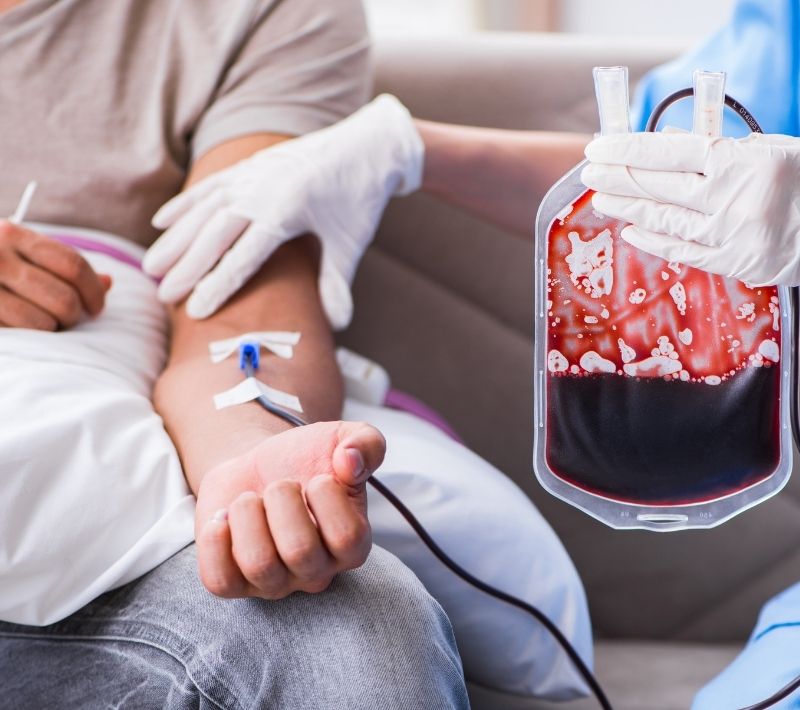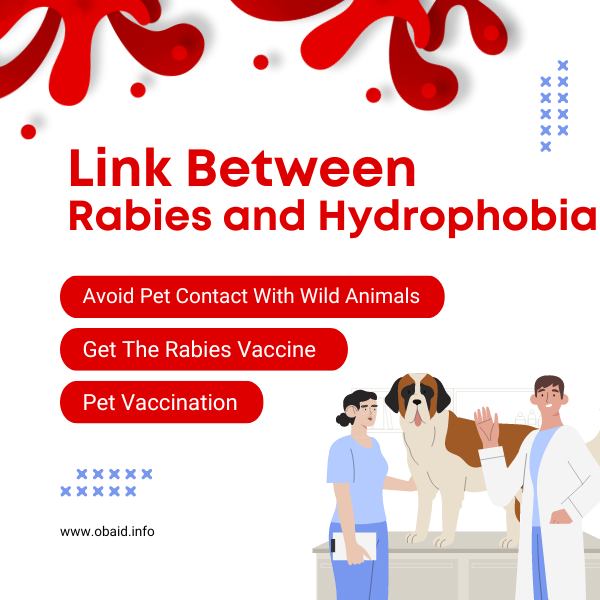
Iron deficiency/iron deficiency anemia in women
November 16, 2021
Healthcare Quality Leadership
November 18, 2021
This is a followup post for the previously published Iron deficiency/iron deficiency anemia in women
Blood Transfusion
- Replacement of blood after acute or chronic gastrointestinal bleeding varies depending on clinical circumstances
- Repeated blood transfusions are not an optimal therapy for chronic blood loss
- We should direct treatment at diagnosing and stopping intestinal bleeding
- If transfusion is judged necessary, replacement of iron stores is still required
The most serious known risks from blood transfusions currently include administrative error (blood group incompatibility), transfusion-related acute lung injury or bacterial contamination of blood platelet products.1 The viral disease transmission rates are now too low to measure, so that we may only calculate estimated blood risks using mathematical models.1
Emerging pathogens, such as the West Nile virus, require the implementation of proactive prevention strategies.
Blood transfusion, however, should not be used to treat iron-deficiency anaemia.2 The indications requiring blood replacement after acute or chronic blood loss vary depending on the clinical situation, such as the rate of bleeding, haemodynamic state, haemoglobin (Hb) levels, age and concomitant diseases, and should be determined individually.2
If blood transfusion is judged necessary, iron replacement therapy will still be required, even if blood transfusion corrected Hb levels. A principal purpose of the guidelines on the diagnosis and management of iron deficiency and anaemia in patients with inflammatory bowel disease is to reduce the need for blood transfusion by the timely diagnosis and treatment of anaemia.2
- Goodnough LT. Crit Care Med 2003;31(Suppl):S678–86.
- Gasche C et al. Inflamm Bowel Dis 2007;13:1545–53.

Problems associated with blood transfusion
- Increased post-operative and nosocomial infections
- Transfusion-related acute lung injury
- Increased healthcare costs
Allogenic erythrocyte, fresh frozen plasma and platelet transfusions result in a several-fold increase in post-operative and nosocomial infections,1 and frequently cause transfusion-related acute lung injury, which may increase mortality, morbidity and healthcare costs.1
The diversity of blood-borne infectious agents transmitted through transfusion of infected blood includes: hepatitis B virus, hepatitis C virus, human immunodeficiency viruses, human T-cell lymphotropic viruses, Cytomegalovirus, Parvovirus B19, West Nile virus, Dengue virus, trypanosomiasis, malaria and variant Creutzfeldt–Jakob disease.2
We have significantly underestimated the costs of erythrocyte transfusions, even when excluding the costs of treatment for adverse outcomes or the prolonged intensive care and hospital stays related to erythrocyte transfusions.1
- Spahn DR et al. Anesthesiology 2008;109:951–3.
- Allain JP et al. Biologicals 2009;37(2):71–7.
If you want to have a deep reading on the effect of anemia on women, check the previous post.







